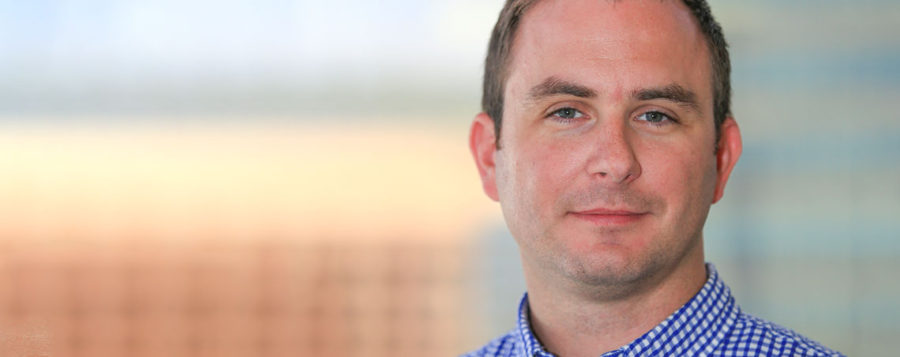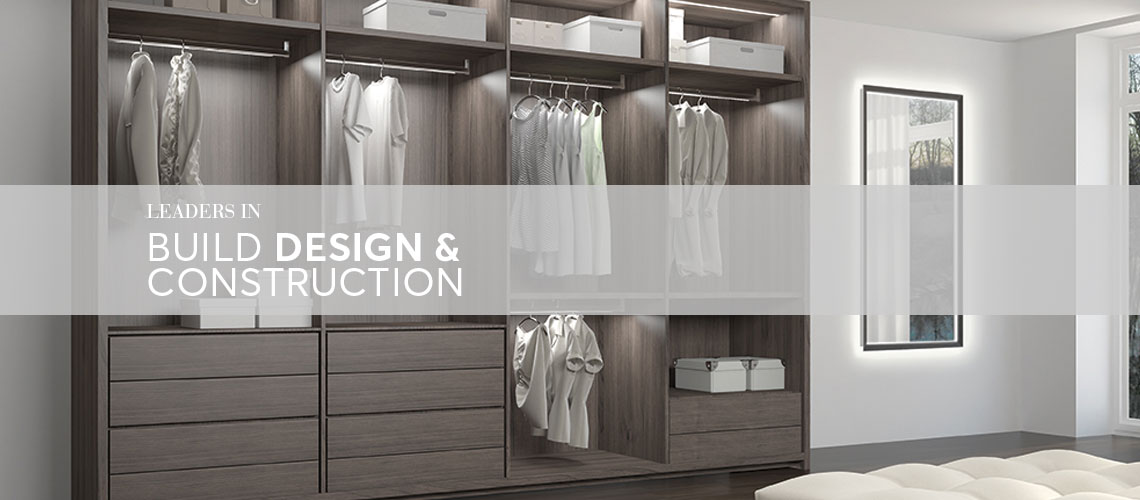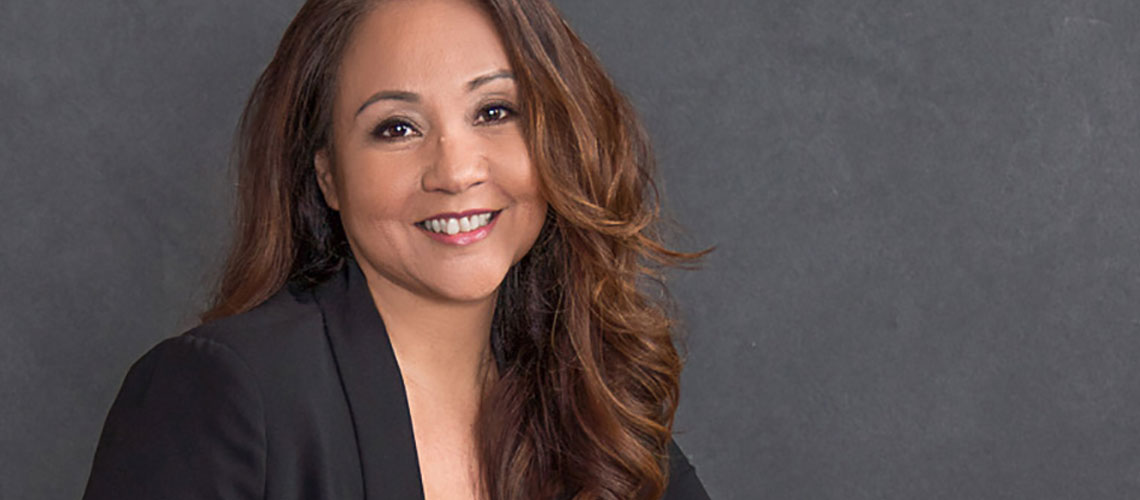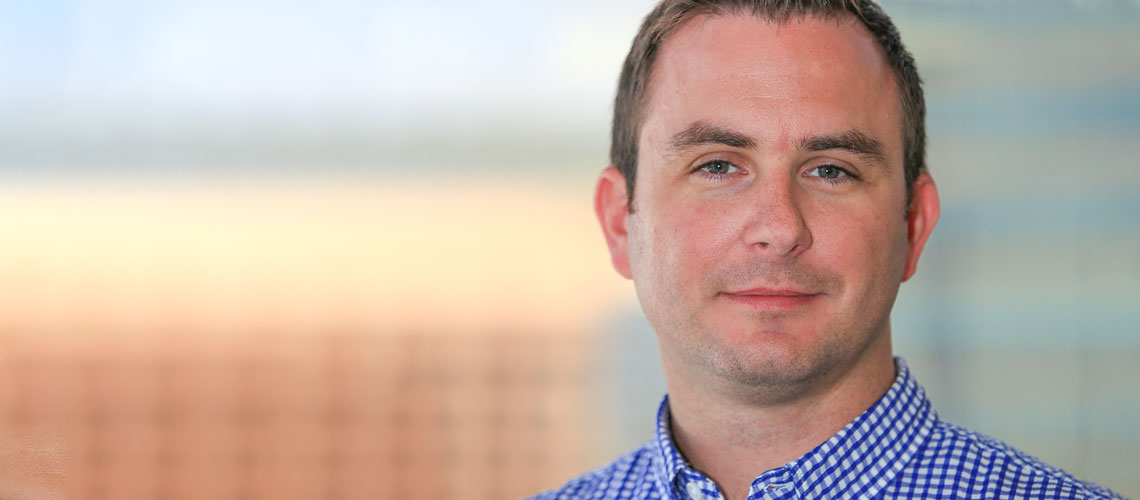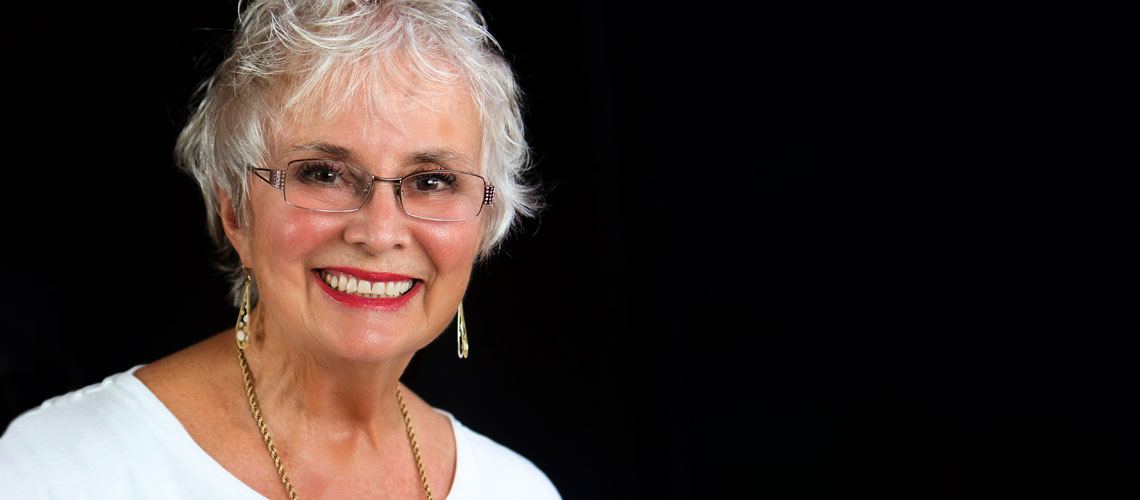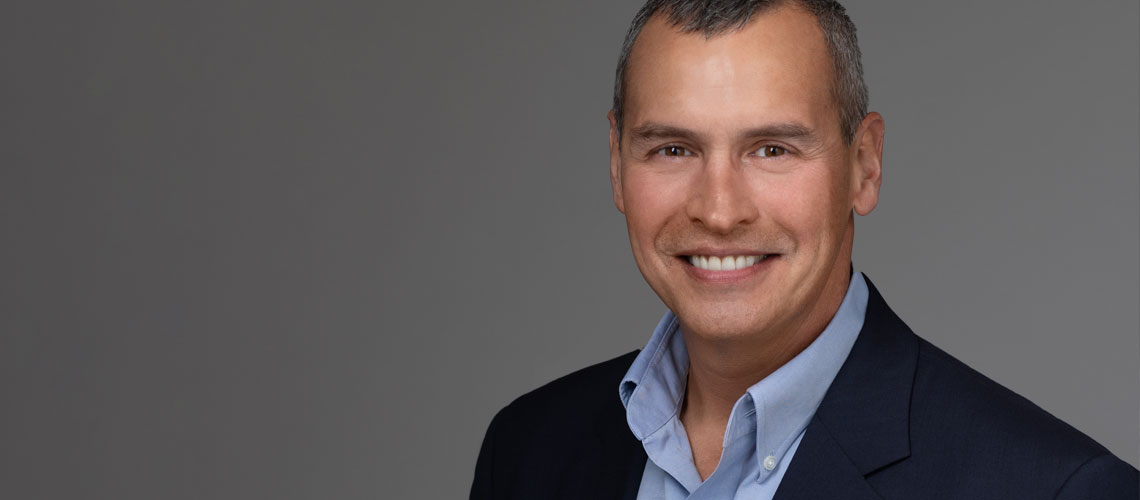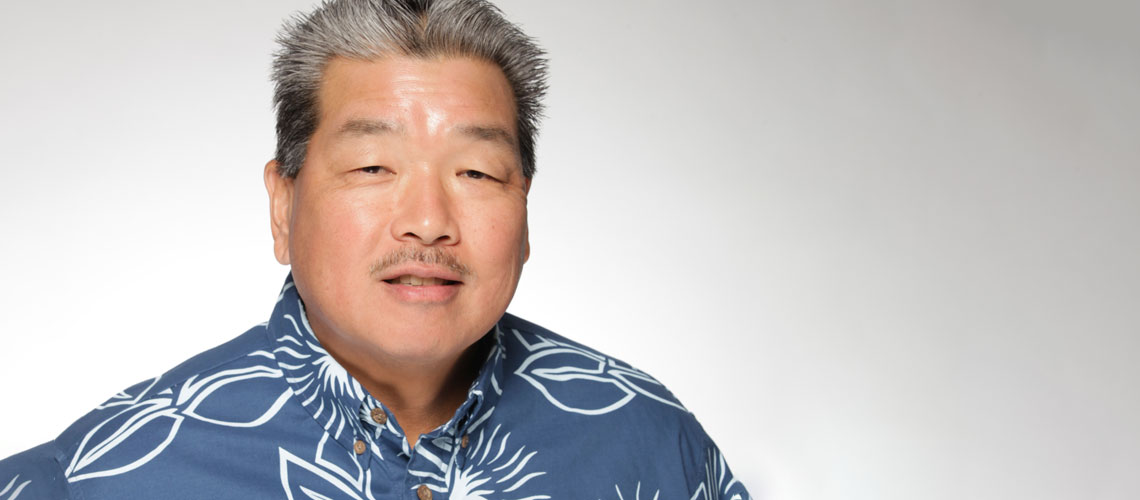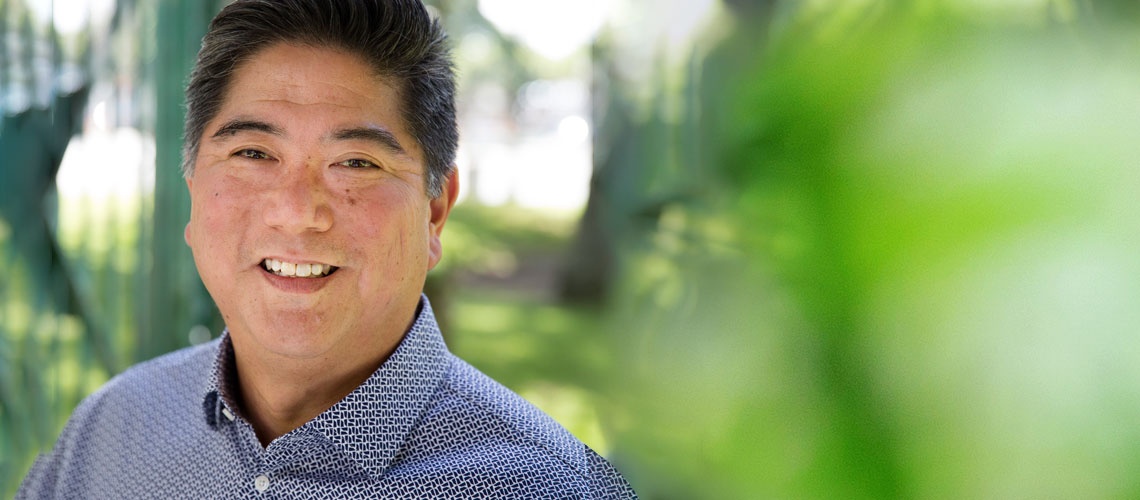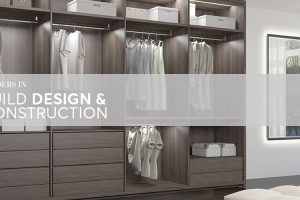Principal
AHL
Where do you seek inspiration for your work? Can you give examples of ideas you’ve sourced from daily life?
Architecture is a social and public art. With my fine arts background, I have found a freedom to borrow, interpret and transform ideas from a constellation of sources: environment, history, art, film, literature, food—wherever the moment takes me. The creative process gives me incredible energy and optimism; knowing that the next beautiful idea can be found anywhere is a constant source of inspiration. I am continuously looking for dots to connect in the future—to make the built environment healthier, sustainable and poetic.
A good example from daily life comes from the walks I used to take from my house to the bus stop in Kailua. When working on the design for Lau Hala Shops, I would walk through the surrounding neighborhoods to get a better feel for the eclectic beach town character that Kailua is known for. Those walks and the variety of fencing, patterns and screening elements I saw led directly to the design of the wood screens and pavilion on the corner of Kailua Road and Lauhala Lane. The old Macy’s building was out of scale for the pedestrian. Introducing a residential-scaled “beach pavilion” to the corner made that intersection more dynamic and inviting.
Like a simple wood screen transformed, I look for thoughtful design elements that move past pastiche and are inspired by a deeper understanding of place and community.
What’s your favorite building or project in Hawai‘i?
To borrow from Dean Stern during my days at Yale, I would never say I have a favorite building, just like I don’t have a favorite son now that I have two sons. I tend to have favorite moments, and we are fortunate that Hawai‘i has some transcendental indoor-outdoor spaces. Whether I am walking by the post office, courthouse colonnade, the YWCA internal courtyard or in the central plaza of the State Capitol, I am constantly reminded of how much the environment influences the design of our projects.
What project or development you’ve worked on best exemplifies your design aesthetic or approach?
One thing I love about AHL is that there is no recognizable design aesthetic or style. We believe the design process, project, place, traditions and client are the driving design forces. As a collaborative designer, I am very excited about the work AHL is doing in the Kalihi neighborhood. For the past year, I have been working on the design for two catalytic projects in Kalihi: Mayor Wright Homes and the Kalihi-Palama Health Center. Providing more healthcare and affordable housing is a priority for Hawai’i and, in a broader context, designing facilities for families in need is a touchstone for all architects.
I always say architects design in poetry and build in prose. The tower for Mayor Wright Homes is an excellent example, where the design team closely studied the site, its history and its importance in the community over the years. One interpretation of the origin of the name Kalihi comes from ka lihi or “the edge.” We were very interested in the poetic symbolism and multivalent meaning behind the idea. I developed a poetic design narrative for the project that supports the idea of “edges,” and we have integrated expressive elements in the massing, material and plan of the tower that will make this project a vibrant addition to the Honolulu skyline.
What industry trends are you most excited about?
Right now, I am really excited about Hawai‘i’s added focus on resiliency. Beyond sustainability, resiliency is looking at future-proofing the built environment. As architects, we design in three dimensions, but resiliency challenges us to design with a fourth dimension in mind—the future. In addition to being more energy efficient, the future will demand that our buildings better embrace changing environmental conditions. Driven by our CEO, Bettina Mehnert, AHL is engaged in several significant projects where resiliency is driving the design process, and we are excited to be leading this industry shift in Hawai‘i.
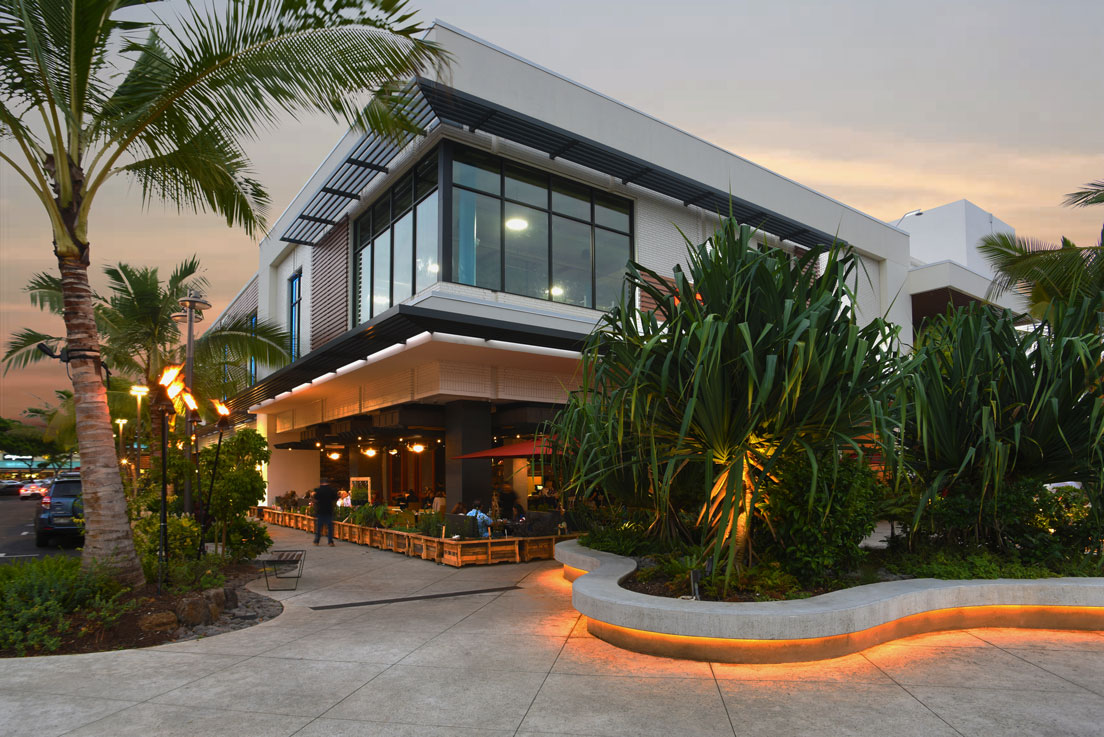
What are some design challenges or opportunities specific to Hawai‘i?
Like the question suggests, the biggest design challenge is also one of its greatest opportunities. It will be no surprise to anyone that the cost of construction is the answer to both questions. They say necessity is the mother of invention, and here in Hawai‘i we have to be very creative in using cost-effective materials and techniques in elegant and unexpected ways. Another major opportunity is that Hawai‘i has a large supply of Modernist architecture, much of it from AHL, which lends itself beautifully to adaptive reuse. I see this as a pathway to a more sustainable and resilient future in Hawai‘i and necessary to meet our energy-reduction goals.
What advice do you have for up-and-coming architects and designers?
Sketch, travel, sketch, read, smile and find/be a mentor. Sketching is by far the most potent tool the architect has. I remember learning years ago to roll out your tracing paper and pens when meeting with a potential client and start sketching your thoughts out for them. Because in that moment, while they watch you draw, something magical happens. They stop seeing you as an architect and start seeing you as “their” architect. That connection is priceless.

